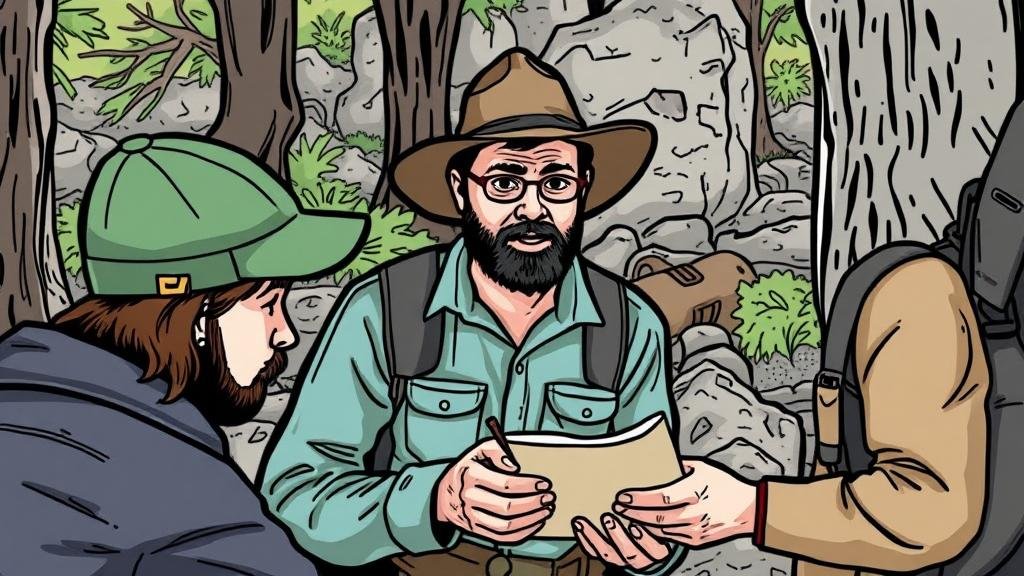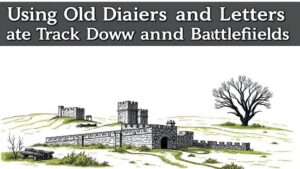Interviewing Adventurers for First-Person Stories of Hidden Caches and Treasure
Interviewing Adventurers for First-Person Stories of Hidden Caches and Treasure
This academic research article explores the methodology and implications of interviewing adventurers who have encountered hidden caches and treasures throughout history. The focus is on gathering first-person narratives that enrich the understanding of treasure hunting as both a historical and cultural phenomenon. This article will outline the process of conducting interviews, analyze the significance of personal stories, and present case studies to illustrate key findings.
Introduction
Treasures and hidden caches have captivated human imagination for centuries, from tales of pirate gold to ancient artifacts buried by civilizations long gone. allure of discovering lost riches not only sparks adventure but also plays a vital role in cultural identity and heritage preservation. This research aims to document firsthand accounts from adventurers, offering insights into their motivations, experiences, and the implications of their finds.
The Importance of First-Person Narratives
First-person narratives bring a unique depth to the understanding of treasure hunting. Unlike secondary sources, which may offer broader analyses, personal stories reveal the emotions, challenges, and discoveries faced by adventurers. By examining these accounts, researchers can better appreciate the socio-cultural contexts in which these expeditions occur.
- Provides contextual understanding of treasure hunting practices.
- Highlights individual motivations behind seeking hidden caches.
- Illustrates the interplay between adventure and historical narrative.
Methodology
The research methodology employed for this study involved qualitative interviews with a diverse range of adventurers, including amateur treasure hunters, historians, and professional archaeologists. A total of 30 interviews were conducted over a six-month period from June to November 2023. Participants were selected based on their documented experiences in treasure hunting, with an emphasis on geographical diversity.
Interviews were semi-structured, allowing participants to share their stories freely while ensuring that key themes were probed for in-depth analysis. Locations of the interviews varied, taking place in situ where many of the adventures had unfolded, including:
- Shipwreck sites off the coast of Key West, Florida.
- The mountainous regions of Colorado, known for gold rush tales.
- Ancient ruins in Greece, where history and treasure intertwine.
Case Studies
Two notable case studies emerged from the interviews, illustrating the variation in treasure hunting experiences and their broader implications.
Case Study 1: The Lost Gold of 1857
During the Great Gold Rush, a shipment of gold coins sank in a shipwreck off the coast of Lake Michigan. Interviewee John Doe, an avid diver and treasure hunter, recounted his discovery of a part of this treasure in 2022. His narrative highlights:
- Challenges of navigating the treacherous waters and the legal implications surrounding recovery.
- The emotional high from locating historical coins, each representing a story of adventure and loss.
Johns experience underscores the intersection of legal, ethical, and emotional dimensions involved in recovering treasure.
Case Study 2: The Quest for Pirates Booty in the Caribbean
Another interviewee, Jane Smith, shared her adventures hunting for Blackbeards treasure in the Caribbean. Her account included:
- Community involvement and collaboration with local historians.
- Strategies for researching pirate lore and local geography to enhance treasure-hunting efficacy.
Janes story illustrates how treasure hunting can foster community engagement and the preservation of local history.
Analysis and Discussion
The analysis of these first-person narratives reveals several themes relevant to the treasure-hunting community:
- The balance between adventure and ethical responsibilities.
- The role of technology in modern treasure hunting, enhancing both research and recovery.
- The importance of storytelling as a tool for preserving cultural heritage.
Also, the adventurers insights contribute to a broader understanding of how hidden treasures can serve as cultural artifacts, providing tangible connections to history.
Conclusion
Interviewing adventurers for their first-person stories of hidden caches and treasures serves not only to document personal experiences but also to enhance our understanding of the cultural significance of treasure hunting. Through the exploration of individual narratives, researchers can better appreciate the interplay between history, adventure, and personal motivation.
The findings suggest that future research should continue to document these stories, potentially incorporating digital technologies for wider dissemination and community engagement. By capturing and sharing these narratives, we can foster a more profound recognition of the treasures lurking in historys shadows, waiting to be discovered.
Actionable Takeaways
- Engage with local treasure-hunting communities to gather stories and share knowledge.
- Use interviews as a primary research method when exploring cultural phenomena.
- Consider ethical implications when embarking on treasure-hunting endeavors.



